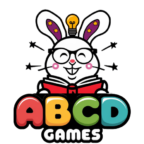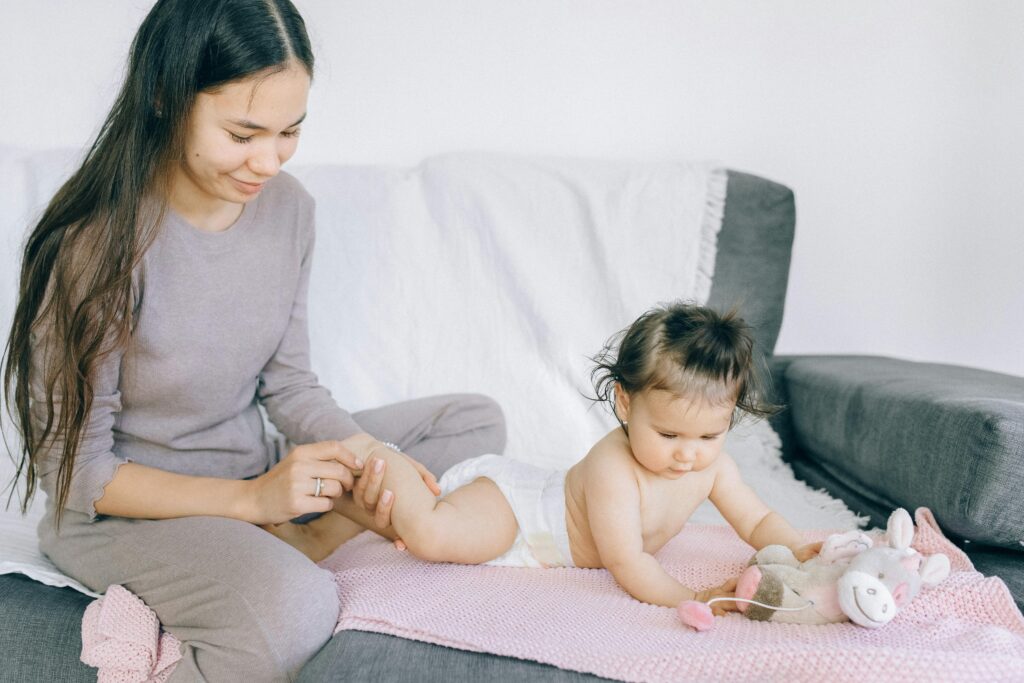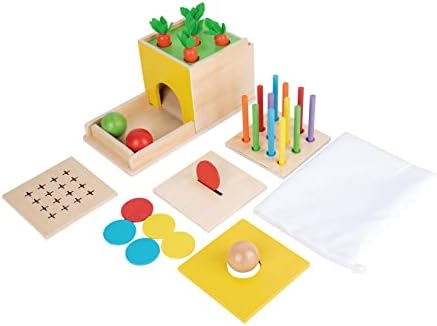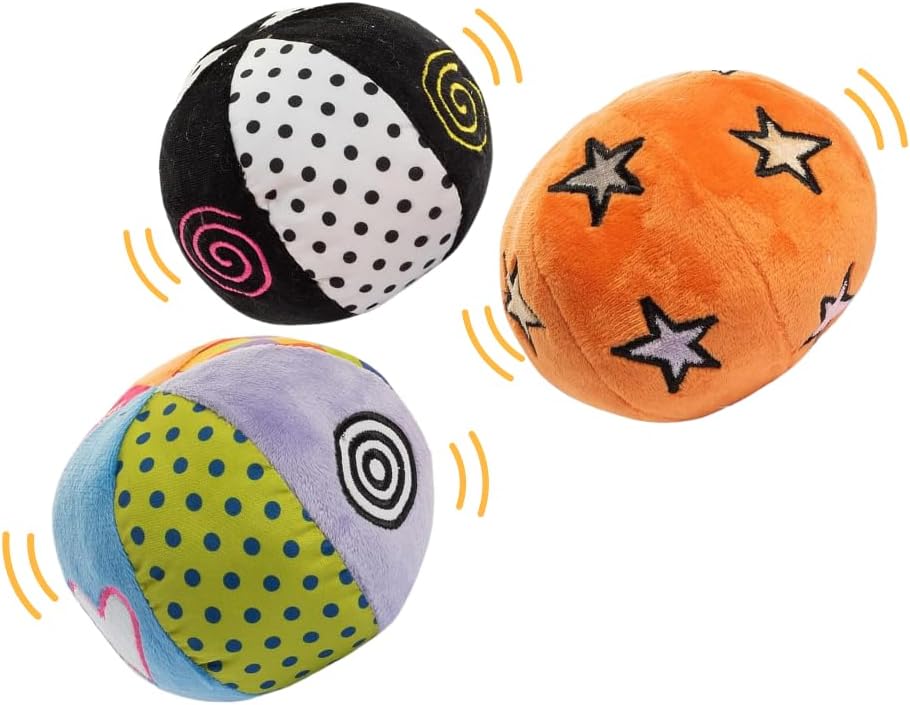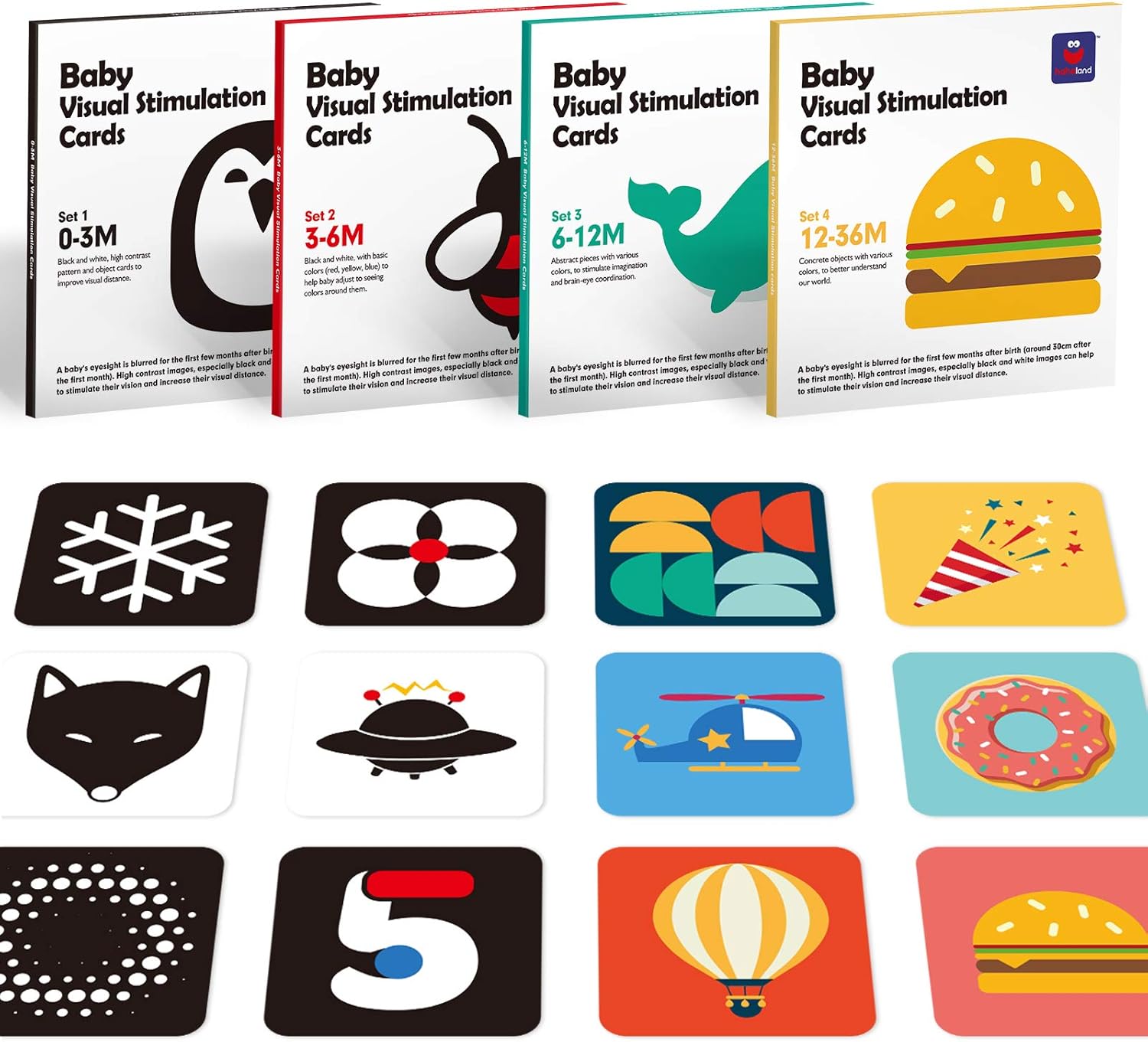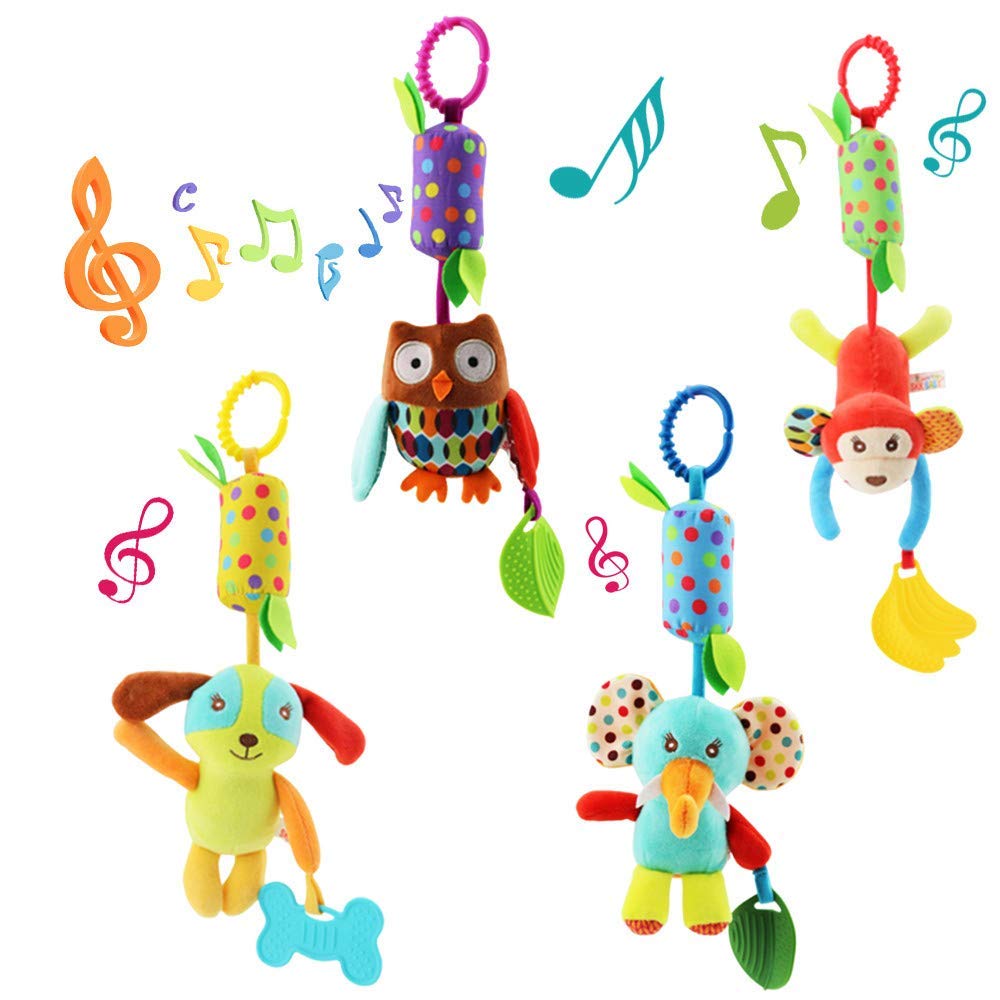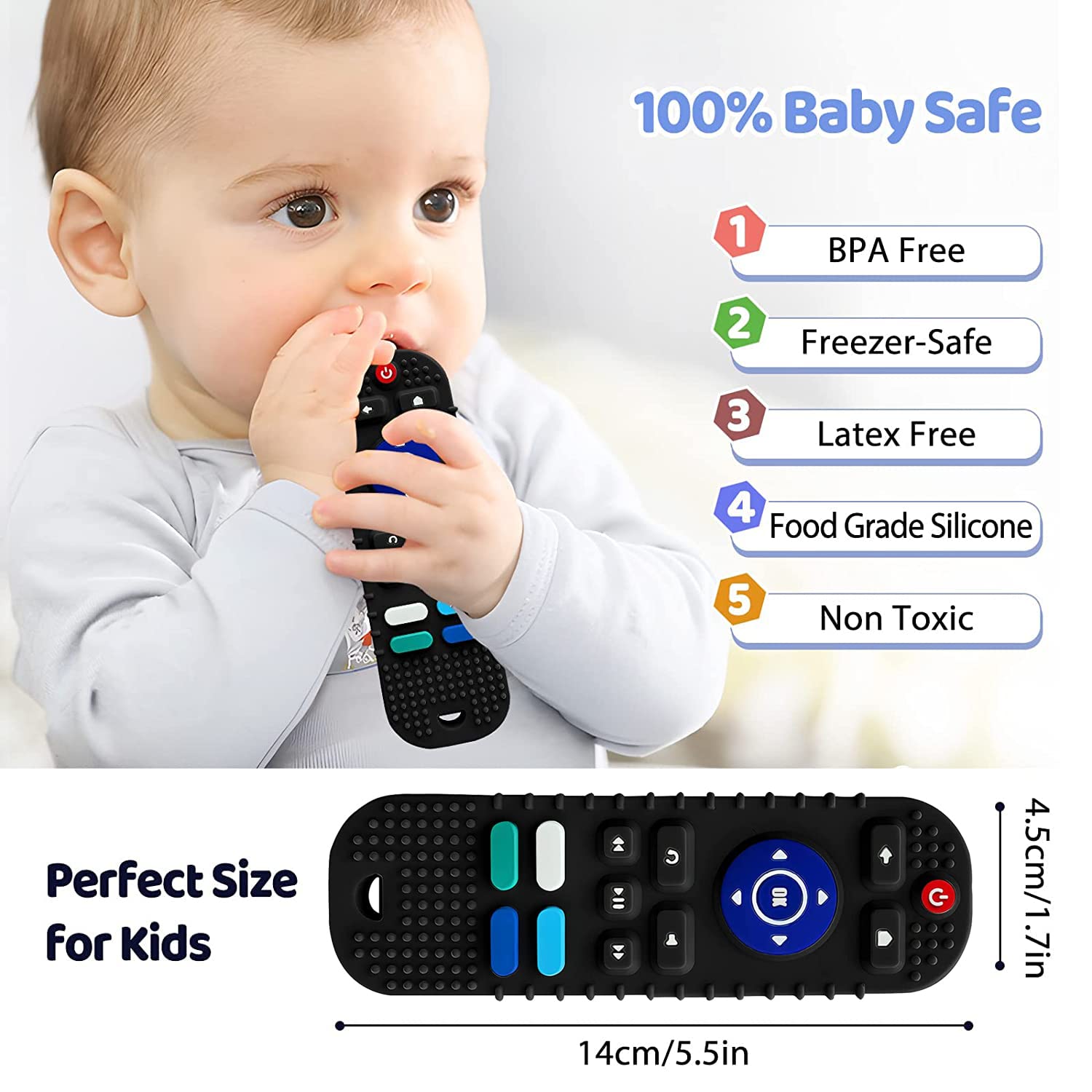The first year of your baby’s life is a time of rapid growth and development, filled with milestones that shape their cognitive, motor, and emotional skills. As parents, it’s exciting to watch your little one reach new achievements, from their first smile to their first step. But did you know that play is one of the best ways to encourage and support these milestones? In this blog, we’ll explore a variety of fun, simple, and age-appropriate activities for babies aged 0-12 months, designed to promote sensory development, motor coordination, language skills, and bonding. Whether it’s tummy time to strengthen muscles or interactive play to boost cognitive abilities, these activities will not only keep your baby engaged but also help them reach key developmental milestones on their journey to becoming a little explorer.
Activities for Infants (0-12 Months)
The first year of life is a time of incredible growth and development for babies, and engaging them in age-appropriate activities can have a profound impact on their cognitive, physical, and emotional progress. From sensory exploration to motor skill development, there are countless ways to support your baby’s growth during this critical period. Below, we explore a variety of activities that nurture different aspects of your infant’s development.
Click here: To Watch 12 Month Baby Development Activities
A. Sensory Exploration
1. Tactile Toys and Textures
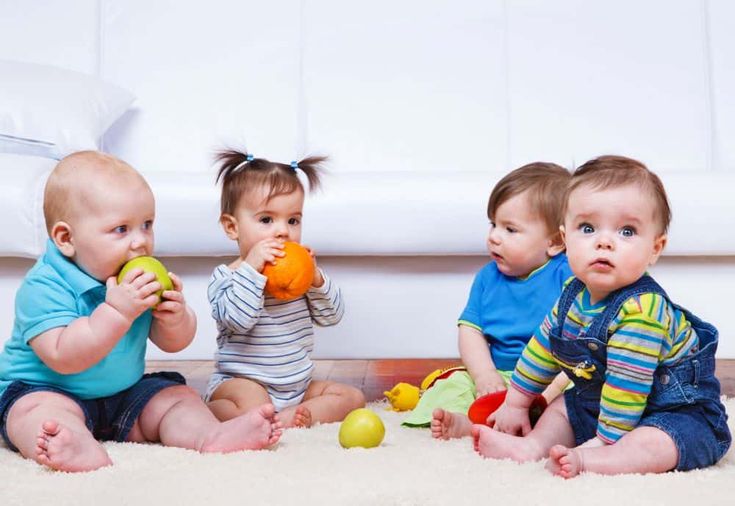
Infants are naturally curious and have an innate desire to explore their environment through touch. Their development during the first year is deeply rooted in sensory experiences, and tactile toys—such as soft fabrics, textured balls, or sensory mats—play a vital role in their exploration. Touch is one of the first senses they begin to explore, and engaging with various textures helps stimulate their brain. It also supports the development of their fine motor skills, hand-eye coordination, and the ability to differentiate between objects. Introducing a variety of textures, from soft plush toys to bumpy rubber toys, encourages curiosity and promotes sensory processing, which lays the groundwork for more complex skills later on.
Here are some tactile toys and texture product links :
2. Sounds and Music Exposure
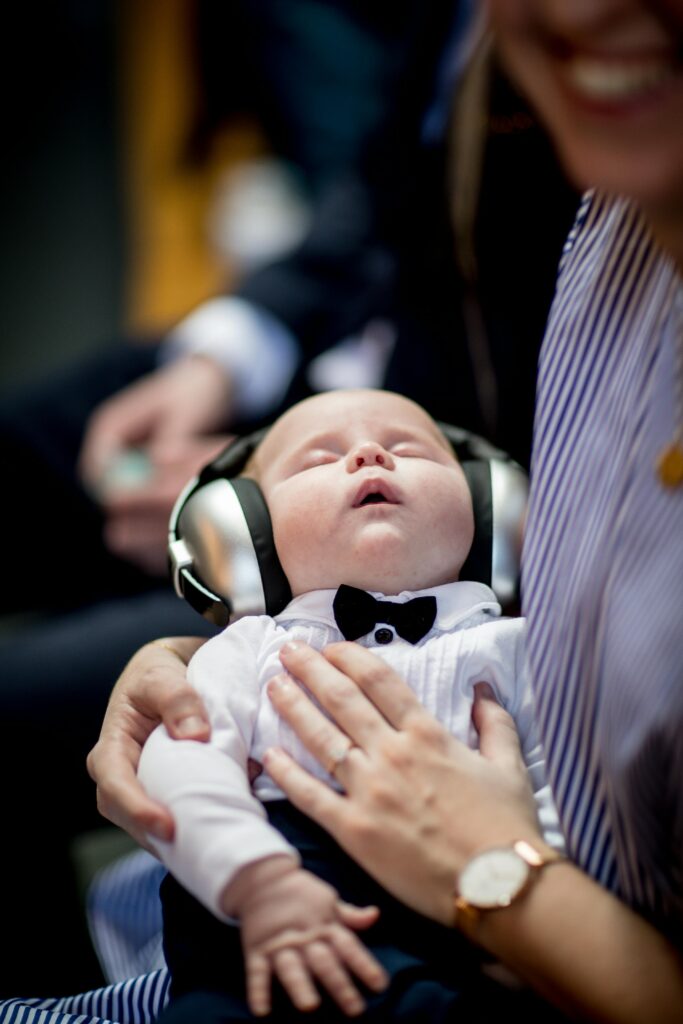
From birth, babies are sensitive to sounds, and auditory stimulation is critical in their early development. Exposing infants to different types of sounds, such as the rhythm of music, soft lullabies, or the jingling of rattles, plays a crucial role in developing their auditory senses and cognitive abilities. Music, in particular, can be soothing and stimulating at the same time, helping babies develop an understanding of rhythm, tone, and pitch. Simple sound-producing toys like musical instruments or rattles encourage babies to recognize patterns and develop listening skills. Additionally, singing to your baby not only helps with language development but also strengthens the emotional bond between you and your child.
Here are some sound and music exposure toys link for babies :
3. Visual Stimuli: Colors and Patterns

In the early months, a baby’s vision is still developing, and introducing visually stimulating activities can greatly enhance their visual perception and cognitive skills. Infants are naturally drawn to high-contrast patterns and bright colors, which are easier for them to focus on than muted shades. Simple black-and-white images, colorful mobiles, or toys with bold patterns can captivate their attention and stimulate their visual system. As their vision improves, introducing toys or books with various shapes and designs helps with object recognition and enhances their ability to track moving objects with their eyes, supporting early learning.
Here are some visual stimuli toys links for babies development activities :
B. Motor Skill Development
1. Tummy Time and Crawling Encouragement
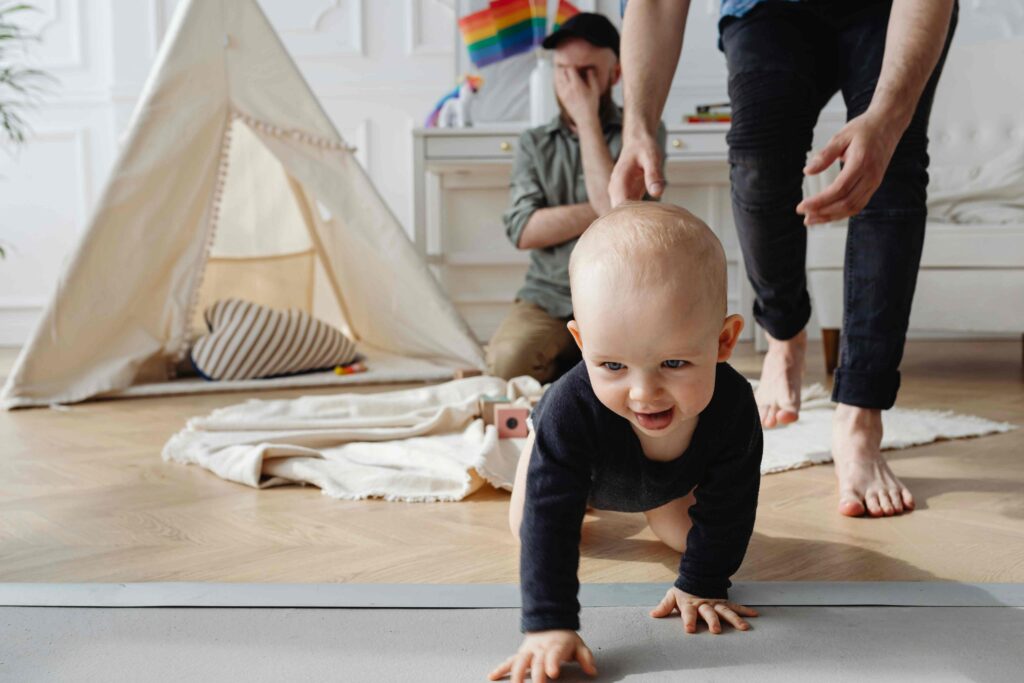
Tummy time is one of the most essential activities for an infant’s physical development. While it may seem simple, tummy time strengthens the muscles in a baby’s neck, back, and shoulders—muscles necessary for crawling, sitting up, and eventually walking. The earlier tummy time is introduced, the better, as it helps to prevent flat spots on the baby’s head and promotes motor skills development. It’s important to make tummy time enjoyable by placing your baby on a soft surface, using colorful toys or mirrors to attract their attention, and interacting with them face-to-face. As babies get stronger, tummy time naturally transitions into crawling, which is an important milestone for motor coordination, balance, and exploration.
Here are some motor skill development toys link :
| 1. | Elephant Blowing Ball Walking Car Toys |  |
| 2. | Press & Go Music Light Toys for 1 Year Old Girl | 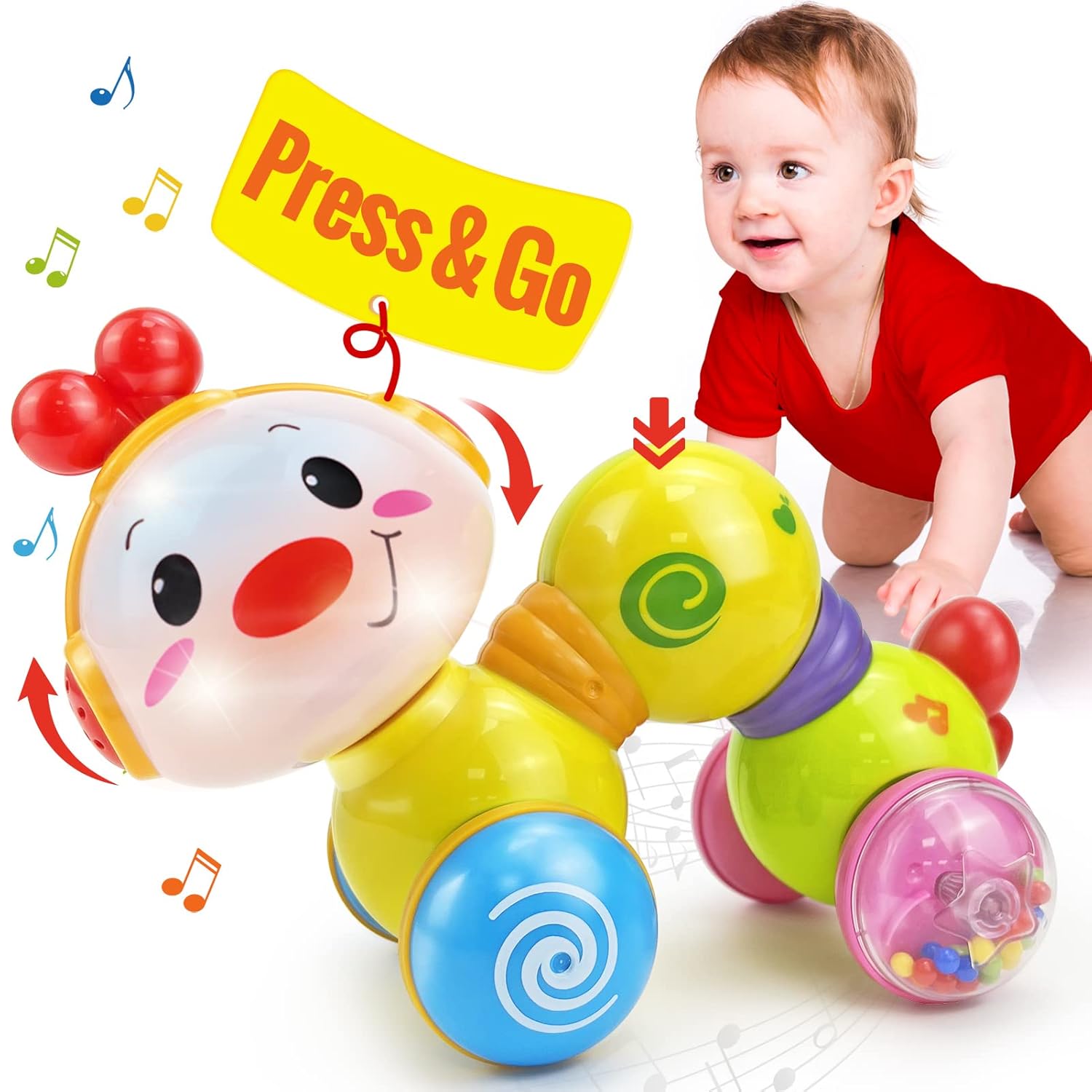 |
| 3. | Baby Girl Toys Toddler Gifts: Tummy Time Crawling Crab | 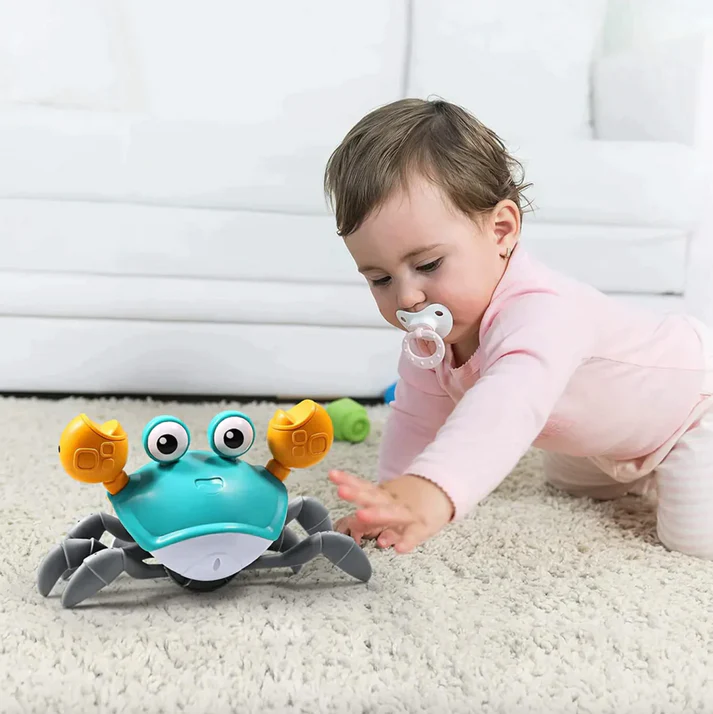 |
| 4. | Baby Musical Duck Toy Dancing Crawling Tummy Time | 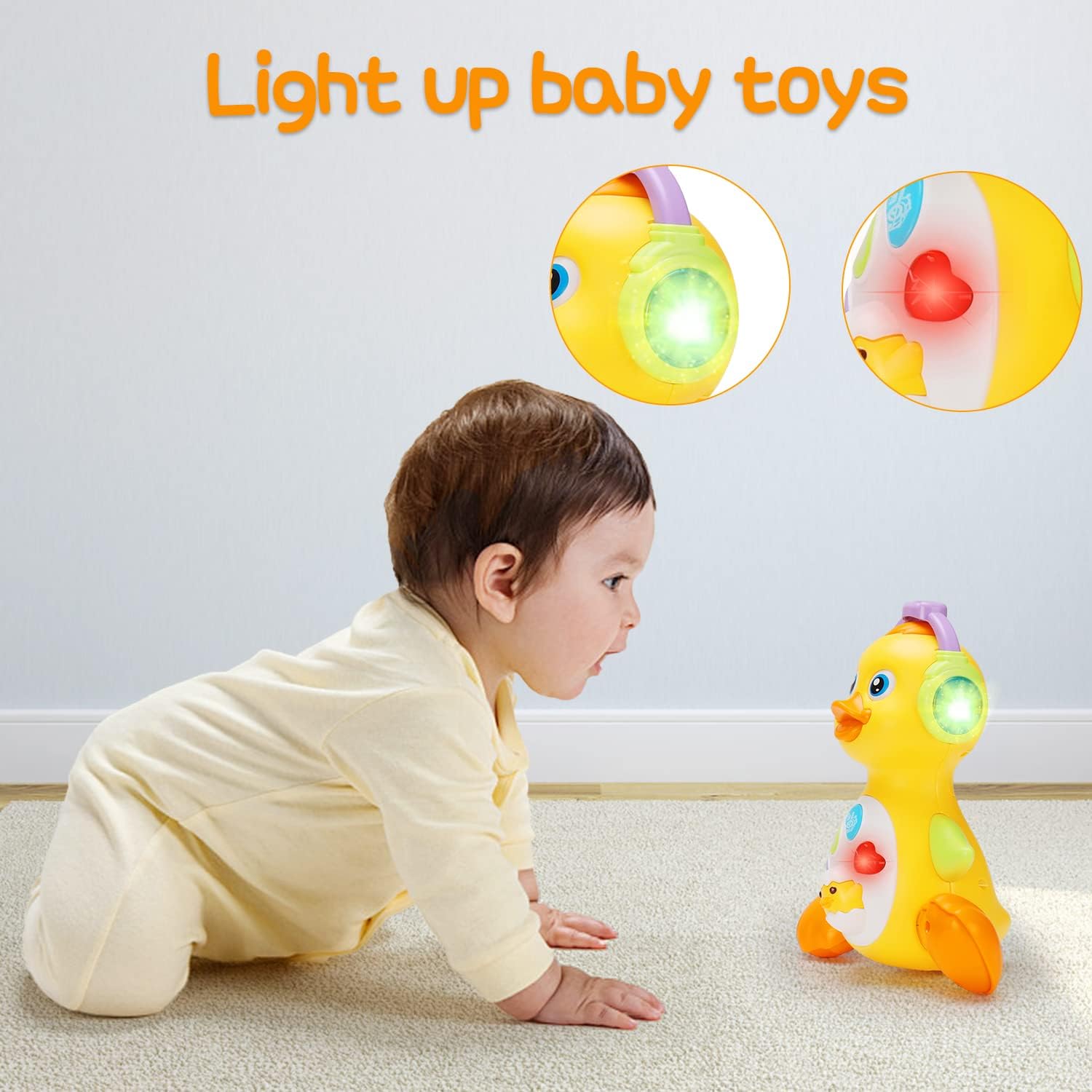 |
2. Grasping Toys for Hand Strength
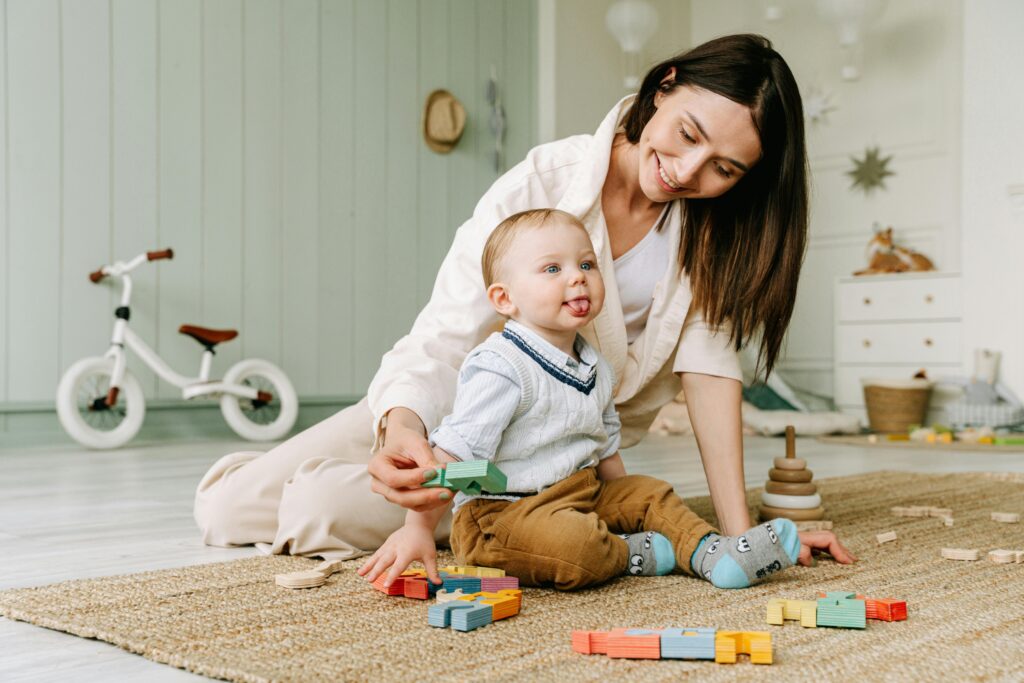
As babies begin to develop hand-eye coordination, introducing grasping toys can help build their hand strength and fine motor skills. During the first few months, babies will learn to grip toys or objects, which is a precursor to later skills like feeding themselves or writing. Grasping and reaching for colorful rings, rattles, or soft blocks can be both fun and beneficial. These activities help babies build the muscle strength and dexterity needed for tasks they will master later in life. Soft toys that encourage squeezing, shaking, or squeezing are particularly good for developing hand strength and coordination, while also teaching them cause and effect.
Here are some grasping toys link for babies hand strength :
C. Social Interaction
1. Face-to-Face Playtime
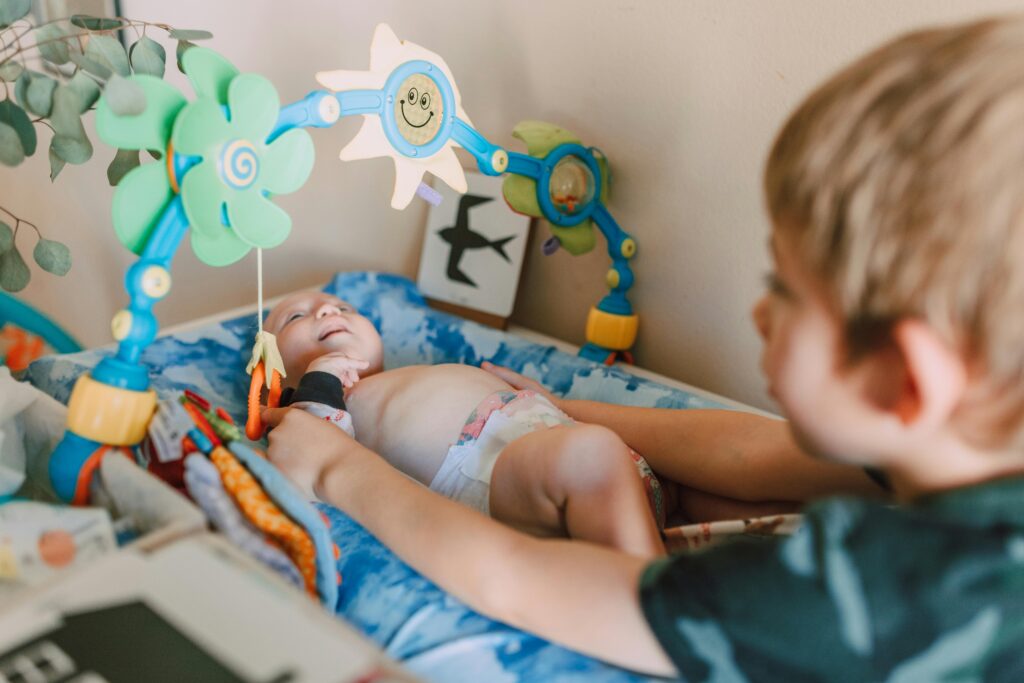
Face-to-face interactions are an important part of an infant’s emotional and social development. Babies are naturally drawn to human faces, and engaging with them through eye contact, smiles, and facial expressions fosters emotional connection. These interactions also help babies start to recognize social cues and build emotional intelligence. Simple activities like talking to your baby, making faces, or playing peek-a-boo encourage communication, while helping babies feel secure and loved. Face-to-face play not only strengthens the bond between you and your baby but also promotes cognitive skills as they begin to understand and imitate social interactions.
2. Responding to Cues and Expressions
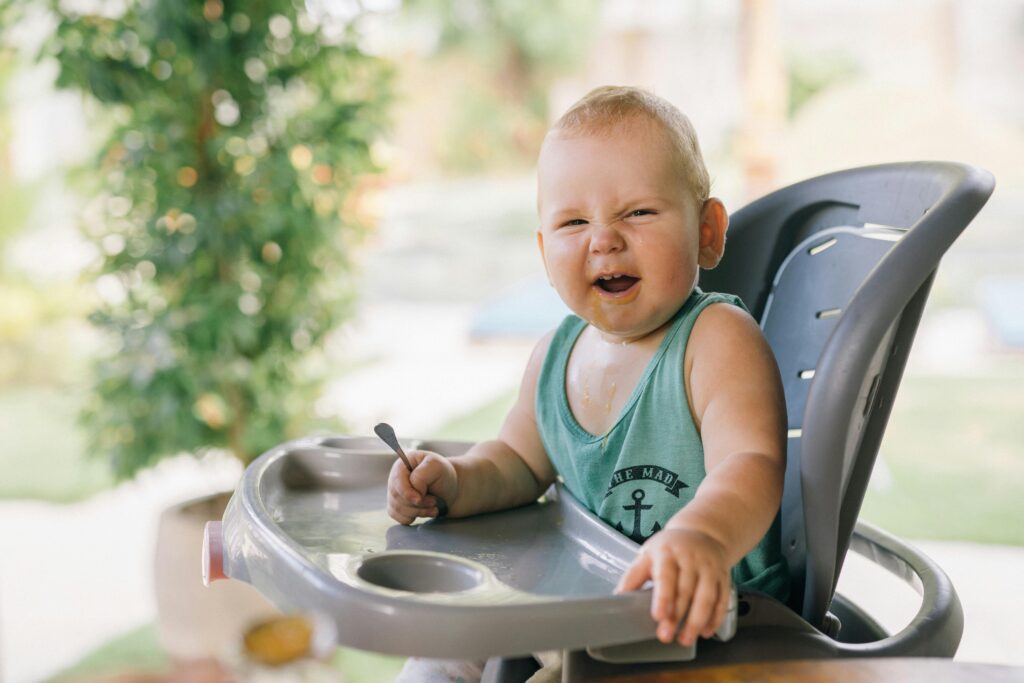
A crucial aspect of early communication is responding to your baby’s cues and expressions. At this stage, babies can communicate their needs through crying, cooing, and facial expressions. By recognizing and responding to these signals, caregivers create a responsive environment where babies feel heard and understood. This back-and-forth exchange—known as “serve and return”—is a vital foundation for language development. It teaches infants about the rhythm of conversation, even before they can speak. By mimicking their sounds, smiling in response to their smiles, or soothing them when they’re upset, you’re laying the groundwork for social and emotional development.
3. Sharing Time with Caregivers and Family

Engaging with family members beyond the primary caregiver is equally important for an infant’s emotional and social development. By sharing playtime with other family members—such as siblings, grandparents, or close relatives—babies learn to build relationships with others and experience different types of social interactions. These interactions not only strengthen emotional bonds but also expose babies to a wider range of expressions, tones, and behaviors that support their understanding of the social world. Whether it’s a playful game with dad, a cuddle with grandma, or a shared moment with an older sibling, these experiences create a nurturing and stimulating environment for the baby to grow.
Conclusion
The first year of life is an incredible period of growth and change, with each moment offering new opportunities for learning and development. By engaging in sensory exploration, motor skill activities, and social interactions, you can help your baby reach important milestones that will shape their cognitive, physical, and emotional development. Simple, everyday activities—like tummy time, playing with tactile toys, or responding to their cues—play a significant role in nurturing your infant’s abilities and building a strong foundation for future learning. As a parent or caregiver, your involvement in these early activities is invaluable. Not only does it foster your baby’s growth, but it also strengthens your bond and creates lasting memories. By consistently offering opportunities for sensory stimulation, motor development, and social connection, you are helping your little one grow into a confident, curious, and capable explorer. The milestones they achieve in the first year will pave the way for future discoveries, and your love, attention, and support are the key ingredients for their success.
FAQs
1. How much tummy time should my baby have each day?
Tummy time is essential for your baby’s development. In the first few months, aim for about 2-3 sessions a day, each lasting 3-5 minutes. Gradually increase the duration as your baby gets stronger. By 3-4 months, your baby may be able to handle longer tummy time sessions (up to 15-20 minutes), and this will help develop their neck, shoulder, and back muscles, setting the stage for crawling.
2. When can I start introducing sensory toys to my baby?
You can begin introducing sensory toys right from birth. In the first few months, focus on high-contrast images, soft fabrics, and simple textures to stimulate your baby’s senses. As they grow, gradually introduce toys with more varied textures, colors, and sounds to encourage further exploration. The earlier you start, the better for your baby’s sensory and cognitive development.
3. How do I know if my baby is reaching developmental milestones on time?
Each baby develops at their own pace, but there are general milestones that can help you track progress. If you have concerns about your baby’s development, speak with your pediatrician, who can assess whether your baby is meeting key milestones. Common signs of progress include holding up their head during tummy time (around 3-4 months), sitting up without support (around 6 months), and babbling or making sounds (around 6 months).
4. Can my baby learn through music?
Yes! Babies benefit greatly from exposure to music and sounds. From birth, your baby can respond to different rhythms, tones, and pitches. Singing to your baby, playing calming lullabies, or even playing simple musical instruments can stimulate their auditory senses and promote early language development. Additionally, music can have a soothing effect and is a wonderful way to bond with your baby.
5. How important is social interaction for my baby’s development?
Social interaction is crucial for your baby’s emotional and cognitive growth. Simple face-to-face playtime, responding to your baby’s cues, and sharing time with family members help your baby develop social and communication skills. These interactions foster emotional bonds, encourage language development, and teach your baby about the social world around them. The more engaged you are with your baby, the more confident they will become in their ability to communicate and connect with others.
